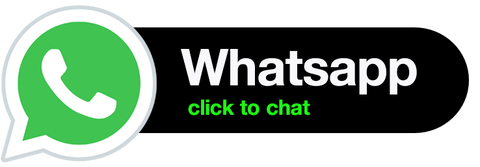Membangun Pemikiran Kritis Melalui Metode Membaca Kritis Karya Sastra
DOI:
https://doi.org/10.30812/adma.v4i1.3040Keywords:
Critical thinking, literature, work critical readingAbstract
Critical thinking has a pivotal role in enhancing the quality of thinking of humans. It is because it has impact on their quality of life. Consequently, encouraging and stimulating students is crucial in schools. This community service activity aims to eliciting the students’ critical thinking through critical reading method. Several steps were conducted in implementing this community service activity namely pretest, critical reading implementation, and posttest. The results of the activity show that critical reading pursue the students to more non-judgmental; therefore, they might be wiser to perceive differences. The students were encouraged to read deeply to the texts and interpret the story both explicitly and implicitly. The interpretation process is correlated by the phenomenon of society. Interpretation in literature works in more flexible that it depends on the knowledge and experiences of the readers. The students respect to the difference through the diversity of the interpretation. This activity is expected to be conducted continuously to drill students’ critical thinking.
References
Febrianti, N. A. (2022). Analisis Penerapan Kurikulum Merdeka Pada Pembelajaran Bahasa Dan Sastra Indonesia Sebagai Pembentukan Keterampilan Berpikir Kritis. Prosiding Samasta: Seminar Nasional Bahasa Dan Sastra Indonesia, 1–11.
Hadi, A. W. . (2008). Hermeneutika Sastra Barat dan Timur. In Pusat Bahasa Departemen Pendidikan Nasional. Pusat Bahasa Departemen Pendidikan Nasional. https://jurnal.stkippgritrenggalek.ac.id/index.php/diklastri
Jaffar, S. (2004). Teaching Critical Thinking Through Simple Experiments. Journal of Research (Faculty of Language & Islamic Studies), 5(4), 15–26. https://doi.org/10.18260/1-2-1128-36175
Jupri, J., & Mulyadi, A. (2017). Suburban Zoning of Bandung Raya Area. Jurnal Geografi Gea, 17(2), 105. https://doi.org/10.17509/gea.v17i2.6888
Mahayana, M. S. (2015). Kitab Kritik Sastra (Issue April). Yayasan Pustaka Obor.
Maimun, M., & Bahtair, B. (2022). Student ’ s critical thinking ability from gender and learning style. World Journal on Educational Technology : Current Issues, 14(6), 1943–1961.
Mohammadi, M., Abbasian, G. R., & Siyyari, M. (2022). Characterization and development of critically-thinker EFL readers’ reading ability: AWC vs. QAR approaches. Cogent Education, 9(1). https://doi.org/10.1080/2331186X.2022.2148451
Molin, L., Godhe, A. L., & Lantz-Andersson, A. (2018). Instructional challenges of incorporating aspects of critical literacy work in digitalised classrooms. Cogent Education, 5(1), 1–17. https://doi.org/10.1080/2331186X.2018.1516499
Simega, B. (2013). Hermeneutika sebagai Interpretasi Makna dalam Kajian Sastra. JKIP: Jurnal Keguruan Dan Ilmu Pendidikan, 2(1), 24–48.
Stockdale, K. J., Sweeney, R., & McCluskey Dean, C. (2022). Exploring the Criminology Curriculum–Using the Intersectionality Matrix as a Pedagogical Tool to Develop Students’ Critical Information Literacy Skills. Journal of Criminal Justice Education, 33(4), 567–585. https://doi.org/10.1080/10511253.2021.2019290
Walldén, R. (2021). Accepting or Challenging the Given? Critical Perspectives on Whole-class Readings of Texts in Social Studies. Journal of Language, Identity and Education, 00(00), 1–16. https://doi.org/10.1080/15348458.2021.1958685














